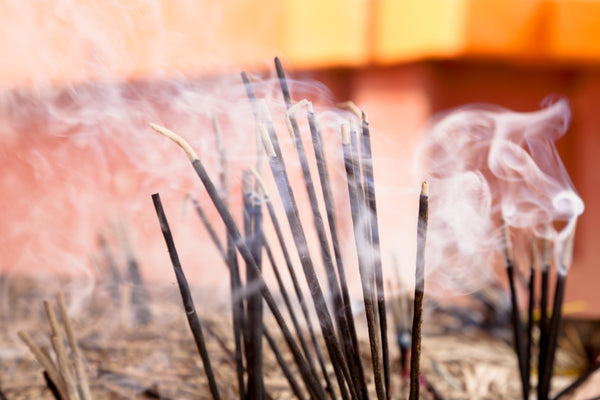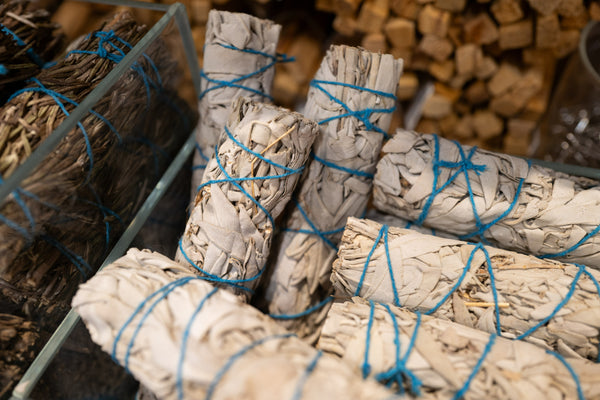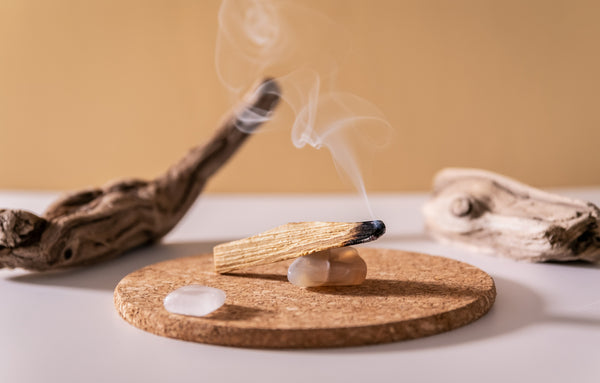
Celebrating Summer Solstice With Ceremony
Kristen LagosAs with any significant event prompted by Mother Earth and the celestial bodies, commemorations and fetes are often organized as a way to honor, connect, heal, and express humbleness towards the vastness of creation. The equinoxes and solstices are two such occasions and have been celebrated by people and traditions the world over and for thousands of years.
In the Northern Hemisphere, winter solstice occurs in December and summer solstice occurs in June. The opposite, of course, is true for the Southern Hemisphere.
Summer solstice occurs in the Northern Hemisphere when the sun is at its most northernmost point in the sky. At the Arctic Circle, you will experience 24 hours of daylight and in Antarctica you will experience 24 hours of darkness. While some celebrate that the summer solstice marks the beginning of summer, many traditional cultures observe it as the mid-point of summer, or midsummer, since it is longest day of the year. After the summer solstice, the sun begins its slow transition towards the opposite hemisphere, heading towards shorter days.
During the summer solstice, the sun is at the height of its life-force. Yang energy, which is represented by the sun, is activated. Plants relish in the long days for photosynthesis, which breathes life and oxygen for humans and animals. Many cultures acknowledge the element of fertility during this peak growing season. Everything is bright, alive, and filled with light.
The solstice is a time to fill your heart space with love and acceptance for the verdant beauty that surrounds you, and to be a receptor for abundance and creativity. With so much light being propelled onto the planet, it is known as a powerful time for growth, prosperity, and healing. At a physical level, Vitamin D from the sun helps maintain a healthy immune system and is necessary for our mental wellbeing.
It is also an opportunity to release dense, heavy energy that may still be lingering from the winter months. Its best to purge these energies before moving back into the season of darkness.
How is summer solstice celebrated?
Traditions throughout the world honor and celebrate this sacred time. The ancient Egyptian New Year was celebrated on the summer solstice, commemorating the longest day of Ra, the sun god. They also honored the emergence of the star Sirius, known as the birthplace of the goddess Isis. Celebrations in the form of chanting and drums started at dawn to make way for rising of Sirius from the underworld. It was a time of divine re-birthing which lasted for 14 days.
Ancient Greeks also observed summer solstice as the first day of the year and used it as a one-month countdown to the beginning of the Olympic Games. Festivals included Kronia, which honored Cronus, the god of agriculture.
The ancient Chinese were known as students of nature and had a deep understanding of Earth’s cycles. In Chinese tradition, summer solstice is associated with the direction of south, the element of fire, the color red, the sound of laughing, and the heart center. Qigong is practiced, revitalizing and encouraging the flow of energy. Traditionally noodles were served since it coincides with ripening wheat, and it allowed people to taste the new harvest.
We may not know the details of all ancient traditions, but structural remains show the significance of the solstices within certain cultures. The Stonehedge rock formation in England, for example, aligns with the sun’s movements on the solstices and is one of the most popular places in the world for people to gather to watch the sun’s movements during these events. The solstices were also clearly important to the Mayans and Aztecs, which is evident within their architecture that aligns with shadows created by the sun on these particular days.
In Sweden, Midsummer is a popular day of celebration for modern society, where people escape the city and head to the countryside. Traditional costumes are worn, and flowers are picked to create exquisite crowns. Festivities include raising the Midsummer Pole and dancing around it throughout the night. A feast of caviar, pickled herring, salmon, new potatoes, and spiced schnapps is served.
Native tribes of the Americas traditionally held ritual dances to honor the sun. To the Sioux, the summer solstice was one of the most important ritualistic days of the year honored with the Sun Dance. Dancing and sun gazing were performed around a tree, which was thought to bridge a connection between Earth and the heavens and cosmos. Participants decorated in the symbolic colors of red, blue, yellow, white, and black, which represented the sky and the sunset and the duality of daylight and night.
Shamans throughout the world see the solstice as an especially sacred time where the borders between the worlds are diminished due to the powerful radiating energy of the sun. It is a time for journeying, dreaming, meditation, and connecting with the spirits.
Creating your own summer solstice ceremony
Ceremonies come in many shapes and sizes and vary greatly depending on beliefs and traditions. The most important thing to remember when creating ceremonial space is to do whatever feels right for you. Honor yourself, your participants, and the surrounding elements so that you can create a positive space for intention-setting and healing.
Fire is a commonly incorporated into the summer solstice rituals as it represents the yang energy and activation and, in some traditions, it was thought to banish evil spirits, purify the soul, and burn away impurities.
If you have outdoor space, a bonfire is the perfect way to celebrate the solstice for yourself and others in your community. To begin, set out a circle of stones to hold your fire and establish your sacred space. Open the ceremony by calling in the four directions, the ancestors, power animals, spirit guides, the Earth, and the heavens (I would like to link to my article about full moon ceremony) and inviting them to protect your space.
Select local plants and wood to burn in the fire to help to encourage your intentions and clear space. Choose juniper to ward off negative spirits, sage for cleansing, pine for fertility, longevity, and wisdom, and cedar for purification and healing. You can also burn incense or apply a few drops of essential oils to your hands or pulse points to stimulate the nervous system and encourage the flow of energy.
Set your intentions by writing them down on a piece of paper or blowing them into a stick and putting them in the fire. Think growth, prosperity, abundance, and creativity when you are setting your intentions. By burning your intentions, you are releasing them into the universe, setting them free from your hands so they can make their way towards manifestation. Feel an overwhelming sense of trust that whatever you put into the fire and out into the universe is being heard and will be reflected back to you in one way or another.
Incorporate sound by chanting, reciting prayers or poems, playing drums, using rattles, or singing. Sound helps energize the intentions and brings you into the present moment so you can focus fully on your desires.
Dance around your fire! Feel the movement of your body, the freedom of expression, release all that doesn’t serve you, feel the life-force within you, and honor this profound time of renewal.




